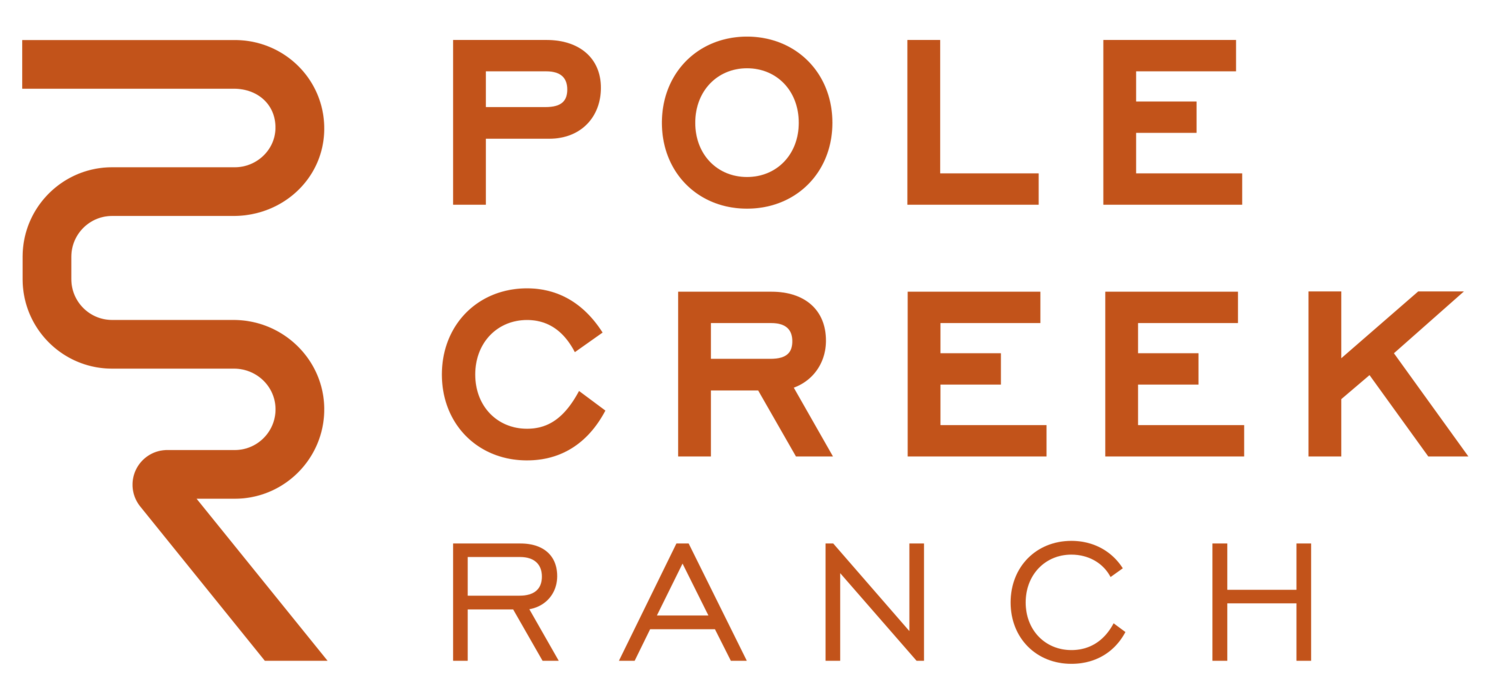The Power of Buying Local
I get a lot of questions about the farm-direct model and why I’m so passionate about it, so I figured I’d take some time to explain how this model is better for our environment and our animals.
Overgrazing and overstocking are the enemy and are responsible for net greenhouse gas emissions associated with raising cattle. Grasslands properly stocked with herbivores actually sequester more net carbon than if those herbivores didn’t exist. Herbivores also return nitrogen and organic matter to the soil. This is a vital ecological process that, when replicated with synthetic fertilizers, acidifies soil over time and kills the soil microbiome that is so vital for continued productivity.
Herbivores and grasslands evolved together, and they are most efficient when working in cooperation. Deep and drought-resilient root systems, greater yields, and exponential carbon sequestration all result from herbivores being part of an agricultural ecosystem.
But the current model of the cattle industry pushes ranchers to overstock their land, deplete their soil, and release large amounts of greenhouse gasses into the atmosphere. The reason? The meat industry is controlled and distorted by four mega-corporations, the “Big 4,” who buy live cattle and process them into meat for the retail system.
The Big 4 use their market power, almost 90% between them, and opaque purchasing algorithms to drive down prices for live cattle. Ranchers are then forced to raise more cattle on less land just to keep their businesses afloat. Most ranchers earn an average of $100 per animal they raise while the Big 4 earn over $1,000. The rancher has years invested into each animal, the Big 4 have usually less than a few days.
By supporting farmers directly, you give them a way out of this downward spiral. Armed with the real profits of the industry, they can invest in the kinds of innovations that sequester greenhouse gasses, heal their land, and take better care of their animals. If we want farmers and ranchers to do the right thing, we need to pay them for it.
And that is the long term goal of Pole Creek Ranch, to prove that there is a market for restorative, land-centric, direct-to-consumer beef operations. If we can replicate and grow the model, we can help stabilize rural economies while also slowing the climate crisis. It’s all about reconnecting people with the land and animals that produce their food. And that’s what we all need; a little more connection.
Riley Avery,
Livestock Manager, Pole Creek Ranch
Riley is the President of the Western States Red Angus Association and Livestock Manager at Pole Creek Ranch. As a 27 year veteran of the cattle industry, he is passionate about sustainable and natural beef production.


